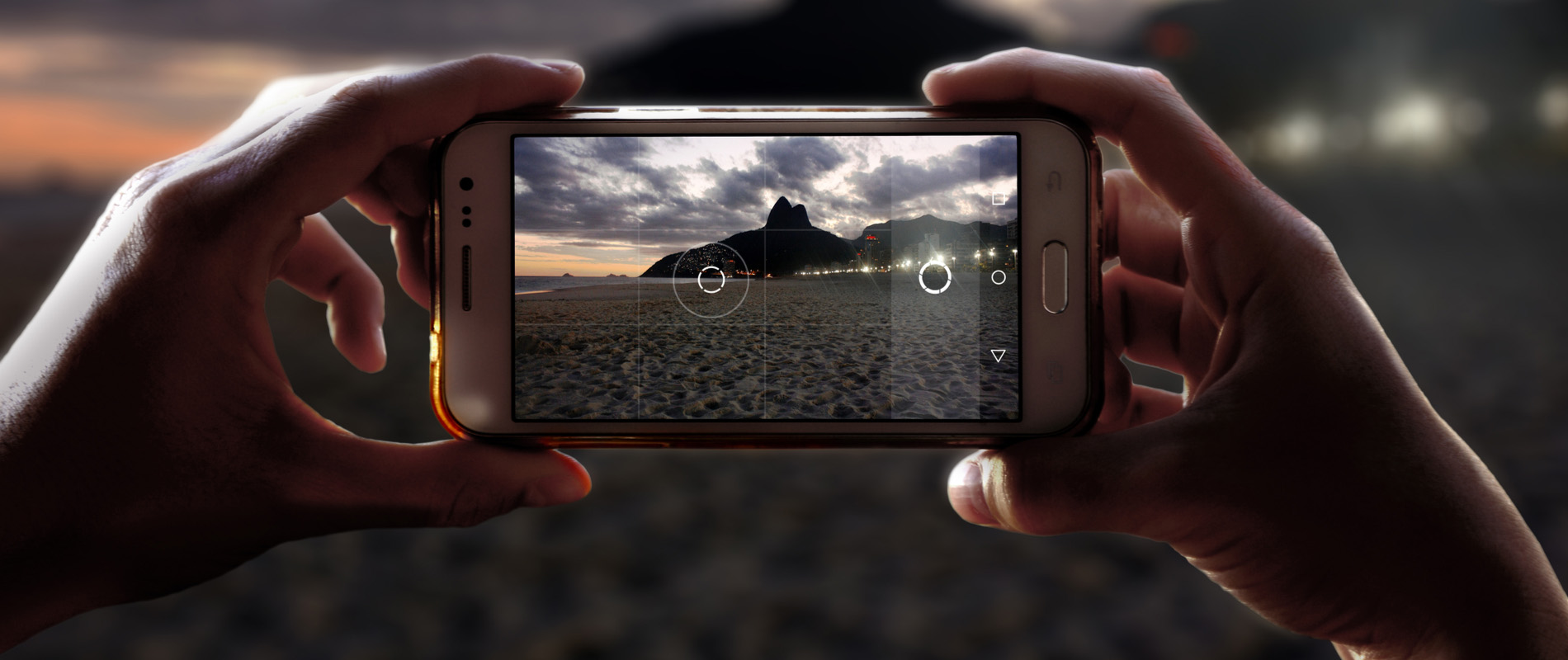One thing you may forget to add to your South American packing list is a power plug adapter. Before rushing to pack it, please note that South America may not have the same electrical outlets as in your home. Each country has its own plugs, outlets and voltage.
There is also the issue of voltage and which devices need an adapter or converter. It can all get quite confusing and a little overwhelming. That’s why we dug deep and researched everything you need to know about plugs, voltage, outlets, and electricity in general when visiting South America.
South America plugs and electrical outlets
In South America, electric plugs vary according to where you are. The various countries that make up South and Latin America have different types of plugs, with different socket types. Take a look at our easy-to-use guide below:

Of the 15 types of plug sockets that exist in the world, you’ll find around 6 of them throughout South America. The good news is that some of these plugs are used in other countries, so you may not need a plug adapter for South America after all.
If you’re coming from the USA or Japan, you’ll likely have Type A plugs, which can then be used in both Type A and Type B sockets. European countries mostly make use of the Type C plug – these can also be used in Type L sockets. Some of Europe will also already have Type L plugs. Our UK explorers will probably be travelling with their Type G plugs, while Australasian locals are most likely carrying Type I plugs.
Of course, if you are travelling on a coach tour with completely different plugs, there is not one plug that will fit into all of the sockets found in South America! That’s perfectly fine, though, because you can get what’s called a plug adapter, which will enable you to use your plugs from home in foreign sockets.
South America Plug Adapter
In order for your usual plug to fit into a South America plug socket, you’ll need to use a plug adapter. Travel adapters can be bought online, at your nearest travel gear store, or even at your destination. There are many different types of adapters, from ones that are designed with a specific country in mind to more universal adapters that can be used worldwide. So you could get a South America adapter, for all the different countries you’ll be visiting.
The best adapter for you will vary depending on your budget, your devices, and how many countries you plan on visiting. It’s safe to say, however, that having a universal plug offers you more value for money and fewer hassles when travelling.
South America Voltage
The voltage in South America ranges just as much as the sockets do. You can expect to find anything from 120V in Colombia to 220V in Peru. Many newer appliances and devices are now able to hold different voltages because they’re dual voltage, so this shouldn’t affect things too seriously. Just check your device and be sure that it can handle the voltage before you plug it in.
If, however, you do have a device that can’t handle the voltage in South America, you can easily get an adapter that also has a voltage converter.
The last thing you’d want to experience while travelling is not being able to charge your phone or iPad because you don’t have the right plug or socket! While many hotels will have adapters available, rather don’t leave it to chance.
It would be such a shame if you missed out on photographing all your South America bucket-list moments simply because your cell phone died. A South America travel adapter can be your best friend in such cases.
The best thing to do, before embarking on your South America adventure is to find a good quality, affordable plug adapter and/or converter for South America and store it safely in your bag! That way you can enjoy the best of Colombia, move on to a Costa Rica Escape, and head off to see Machu Picchu on a Sacred Peru tour, all without hassle.

2 responses to “A guide to South America plug adapters and outlets”
Hi there.
I have an Nebulizer that I am taking with me to Argentina. It’s 120/60. If I buy an Universal Adapter do I still need a Converter?
Hi Louis, it will be best to check the power/hertz specs on the universal adapter you are looking at purchasing and then, based on this, buying a power adapter converter might be the best option for peace of mind. Happy travels!